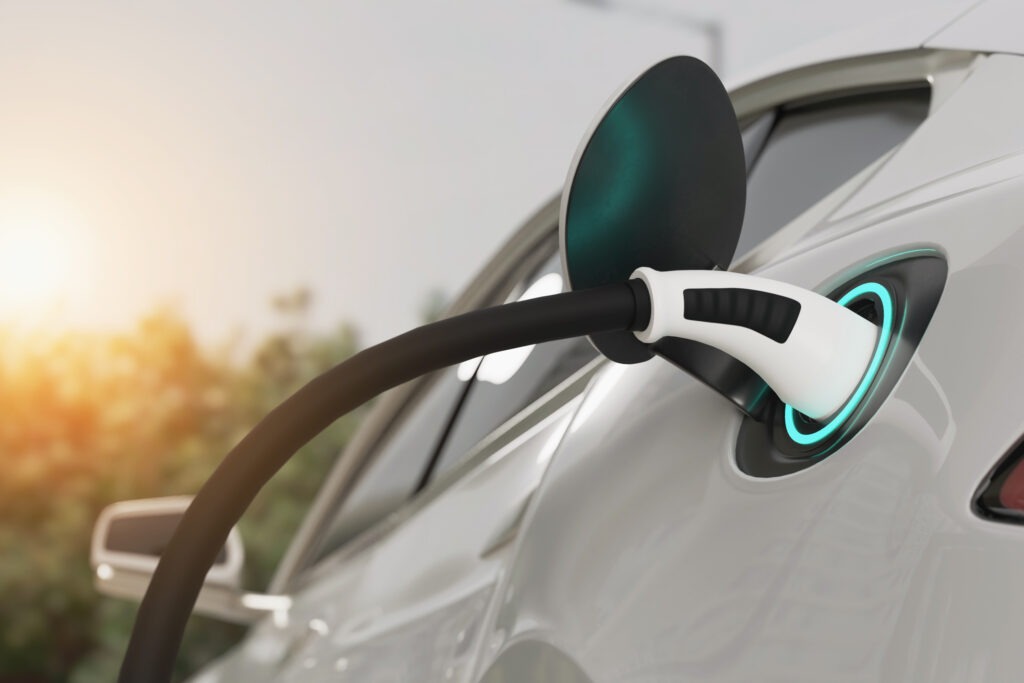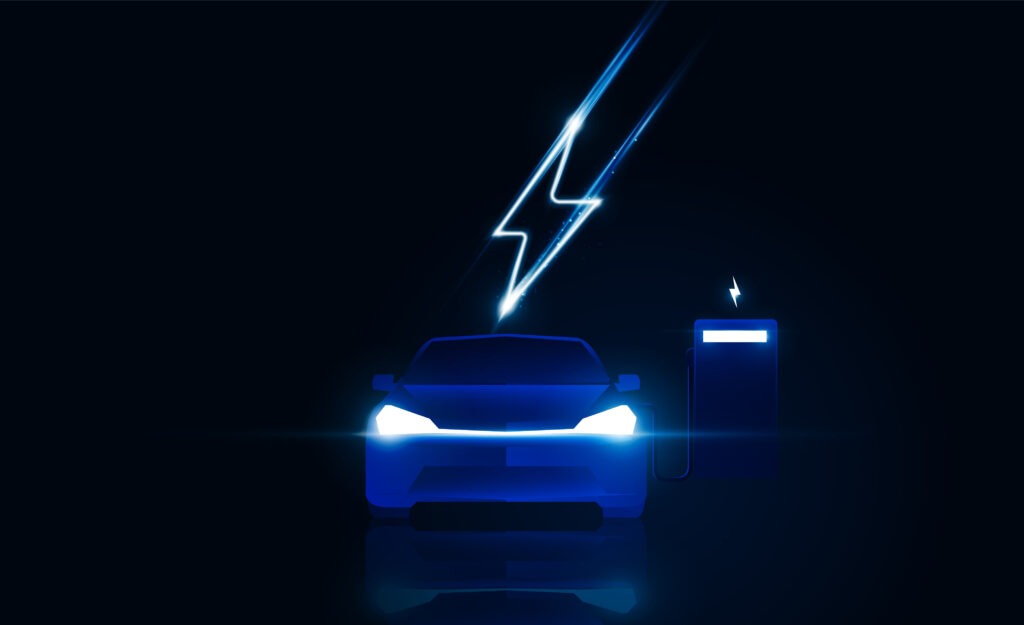The economy behind large batteries in electric vehicles – is bigger better?
27 September 2024

As carmakers chase greater electric vehicle (EV) ranges, batteries keep getting bigger. But do these larger energy-storage units pay off? Autovista Group experts explore the economies of large batteries with Autovista24 editor Tom Geggus.
As EVs transition into the mass market, the economies of bigger batteries need to be considered. When does the size of the energy-storage unit affect performance and pricing? What is the role of plug-in hybrids (PHEVs) in the transition to battery-electric vehicles (BEVs)? Are carmakers on the right track to push EVs into the mass market?
Autovista Group experts set out to answer these questions in a new webinar. The panel included Dr Christof Engelskirchen, chief economist at Autovista Group, Dr Anne Lange, director of research and innovation at Autovista Group, Christoph Ruhland, director of business development at Autovista Group, and Christian Schneider, director of content at EV Volumes.
Are bigger batteries better?
Between 2021 and 2024, Germany saw the average WLTP range of a BEV increase by 28% to 375km. While this meant greater distances without the need to plug in, drivers also benefitted from faster charging. The average DC charging speed increased by 25% over the same period to 131kW.
‘Range anxiety is not a big issue anymore with the current generation of EVs,’ said Schneider. ‘We see a small shift at the moment from range anxiety to charging anxiety. The charging infrastructure across Europe has grown quite a lot in the past, but it is still maybe struggling a little bit in some regions.’
So, while bigger batteries allow drivers to go further between charging stops, infrastructure still needs to be available. On top of this, faster EV charging means less time spent at a public plug-in point on a journey.
The economies of size
Engelskirchen calculated the savings associated with long-range BEVs, by comparing variants of the Tesla Model Y and Volvo EX30. This meant measuring the annual costs associated with all-electric cars on a 20,000km, three-year lease.
In Germany, a new long-range Tesla Model Y currently costs 9% more than the standard-range version. This means an absolute difference of €3,361, but what does that pay for? While the standard model is advertised with a WLTP range of 455km, the long-range version should reach 600km.
The Volvo EX30 is a more affordable BEV, but the price differential is greater between the two versions. The long-range model costs 13% more (€4,370) than the standard EX30. This puts the WLTP range up to 475km from 337km. But is there a financial advantage to paying for more kWh?
‘With a longer-range vehicle, you will be charging less publicly. Public charging is a bit more expensive. This means you are going to save €59 per year,’ Engelskirchen explained. However, this is dependent on the usage scenario. If a person makes more long journeys, they are likely to make more stops at public charging points.
Remarketing bigger batteries
So, how do larger batteries influence pricing in the used-car market? Using portal data of models at 10,000km in Germany, Lange revealed that BEVs with greater energy capacities retained more value.
BEVs with large batteries also sell more quickly. These models spend fewer days in stock compared to those with smaller energy-storage capabilities. For example, all-electric cars with a capacity of up to 50kWh spent 109 days in stock. Meanwhile, those above the 80kWh mark needed 95 days on average to sell.
However, Lange highlighted an important caveat. ‘It is quite hard to isolate the effect of battery size,’ she said. ‘Larger batteries will always be built into larger vehicle segments and will usually have better equipment, better trims, and higher horsepower.’
Plug-in hybrid highs
PHEVs have also seen battery capacities increase, alongside growing global demand. Global sales of the powertrain have accelerated, with EV Volumes forecasting continued growth in the years ahead. This trend is being driven by China, where demand is so great, it is dictating global figures.
However, this demand is not mirrored across the world. France represents a trend occurring in many European markets, with PHEV shares set to decline as more BEVs are adopted. One major exception to this steady descent is Germany, where the plug-in hybrid share dropped rapidly in 2023 after the German government withdrew purchase incentives.
Used PHEVs continue to sit behind internal-combustion engine models, but ahead of BEVs when it comes to value retention. The powertrain can also be expected to retrain a greater level of residual value if they are fitted with larger batteries. However, it is still important to recognise that bigger, more expensive models are likely to feature more energy storage.
Are carmakers on the right track?
So, will batteries continue to increase in size despite the drive towards the mass market? Ruhland pointed out that new and upcoming EVs are continuing the trend towards larger batteries. For example, the VinFast VF9 is expected to arrive in Europe with a battery capacity of 123kWh.
Meanwhile, the Denza D9 DM-i PHEV will feature a 40kWh energy-storage unit. Before long, there will be even more plug-in hybrids with batteries of this size, capable of electric ranges up to 200km.
To illustrate just how far EVs have come, Ruhland highlighted the journey of the Nissan Leaf. The BEV was first mass-produced in 2010 with a 24kWh battery, almost half of what some upcoming PHEVs will feature.
In the last 14 years, the EV landscape has changed almost beyond recognition. Where there was once a handful of plug-in models, a wide range of different BEVs and PHEVs now exist. Behind them stands an array of emerging carmakers.
The defining choice ahead of them is whether to put bigger batteries in their EVs or to optimise performance. By focusing on efficiency, OEMs could reach respectable ranges while also delivering cars with enjoyable driving dynamics. This will also keep costs from climbing further, meaning more EVs make it to the mass market.
If you enjoyed The economy behind large batteries in electric vehicles - is bigger better?, make sure to register for Autovista Group’s next free webinar. Blessing or curse: The impact of EU tariffs on BEVs made in China, will take place on 7 November 2024 at 9.30am BST / 10.30am CET. Find out more and register for your place today.




